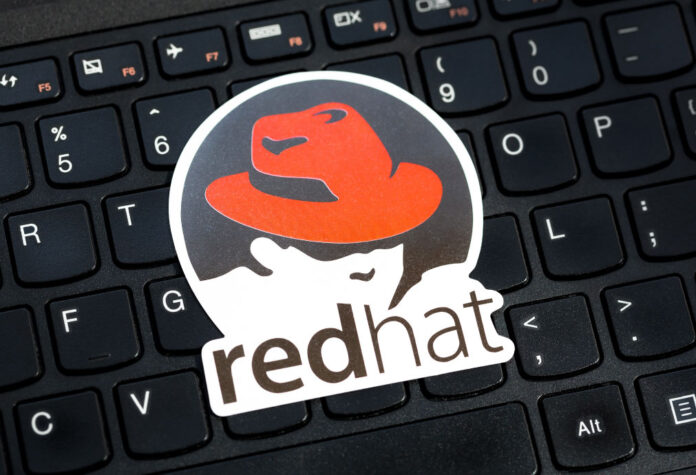A new update for the OpenShift environment has just been released on the market. The arrival of the Red Hat OpenShift Virtualization Engine represents a simpler way for organizations to access workloads related to virtualization. The platform allows customizing the deployment, management and scalability of virtual machines (VMs), removing resources unrelated to the management of these machines. This ensures that companies can maximize their technology journeys, as they align their solutions with the specific needs of their infrastructure
Although containerization may have changed the way virtual machines are used for certain applications, VMs continue to be a fundamental tool in IT infrastructure. However, with the virtualization market undergoing significant changes in recent years, many organizations face uncertainties and rising costs when it comes to managing their infrastructure
For Mike Barrett vice president and general manager of Red Hat cloud platforms, the lack of standardization is one of the biggest problems for organizations to implement the discipline. As organizations seek to modernize their virtual environments to meet the demands of the current IT landscape, we realize that none of them are at the same point in their virtualization journey. This generates diversity in the approaches they want to adopt with the solutions provided by Red Hat. Red Hat needed to change the way it offered its virtualization solution to accommodate organizations that wanted to use only the Red Hat OpenShift resources focused on virtualization. The Red Hat OpenShift Virtualization Engine and the Advanced Cluster Management for Virtualization allow Red Hat to significantly reduce the cost of the solution to meet these users in their modernization efforts.”, said.
Redefining virtualization through a simplified approach
The Red Hat OpenShift Virtualization Engine helps maximize the value of these investments by including only essential OpenShift tools and components necessary for virtualization, simplifying the operation and improving efficiency. Powered byRed Hat OpenShift Virtualizationand by the KVM hypervisor used in enterprise data centers and in the cloud, the platform can operate on on-premises hardware that supports Red Hat Enterprise Linux, and in supported bare metal services, including AWS bare metal instances. The Red Hat OpenShift Virtualization Engine scales to meet the demands of workloads while providing built-in security features and more consistent performance across the hybrid cloud.
To facilitate migration efforts, the Red Hat OpenShift Virtualization Engine includes an intuitive migration tool — thetoolkit for virtualization —, which helps organizations to transition from other virtualization platforms, simplifying the migration workflow and helping to reduce downtime while generating greater operational continuity. Red Hat also offers theAvaliação de Migração de Virtualização, an interactive workshop with company experts that evaluates the engines of an organization's business, current state and the path towards low-risk VM migration.
Furthermore, the Red Hat OpenShift Virtualization Engine integrates with theRed Hat Ansible Automation Platformallowing IT teams to automate VM migrations at scale, along with daily VM management tasks. From this solution,organizations can automate and orchestrate in their virtualized environments and in other areas of IT, for more efficient operations, resilient and consistent at scale
Another benefit for customers is the positioning of the Red Hat partner ecosystem to support the Red Hat OpenShift Virtualization Engine with features such as storage solutions, ample options for backup and disaster recovery and network tools to simplify deployments and scale to meet modern IT needs
To unify VM management at scale and limit sprawl, Red Hat is also introducing theRed Hat Advanced Cluster Management for Virtualization. Built on the same essential features and technology as theRed Hat Advanced Cluster Management para Kubernetes, this new solution provides a set of tools designed to centralize the lifecycle of VMs and streamline tasks such as VM provisioning, daily monitoring and compliance, while maintaining greater consistency throughout the organization's virtualized property
Availability
The Red Hat OpenShift Virtualization Engine and Red Hat Advanced Cluster Management for Virtualization are now available, more information on how to start using them can be foundhere.


